|
As students, we do not know what our teachers know. That is why we are a student. In order to learn, a teacher tells us something beyond our understanding. Then over time, we practice, study and integrate the information. As we do this, we have to balance our own consideration of the new information with the fact that we may not yet understand what we are learning.
Eventually, the information should make sense to us. We should know why we are doing what we're doing and how it works in the body or mind. This is where it becomes important that we don't just repeat words or actions without understanding the deeper meaning of them. A good test is to check whether we can articulate the purpose of a certain posture, for example. Can we explain what the purpose is and how it is accomplished in the body? Can we back up our answer with greater anatomical understanding or textual support? To articulate this on our own, it means we can't just repeat what we've heard without it making sense to us. We have to truly understand. As students of yoga, we should all seek to understand what we're doing. We should look to multiple sources to see how they correspond to each other, continue to question our understanding, come up with further areas to investigate or practice. Of course this will take time, and that's ok. Yoga is a practice, not a destination.
0 Comments
This is part of a series of blogs called Practice Tips.
As we expand our understanding of yoga, the amount of practices expand with us. We become aware of pranayama, meditation, more postures. We realize we could study texts, philosophy, or anatomy. Quickly, we realize there are so many directions we could go in. How do we choose? There is no right or wrong answer. The best thing to do is to follow our interests. Choose what we are excited about and what intrigues us. The best practice is the one that we'll do. If we choose to focus on something that we are interested in, chances are we will actually come back to it on a regular basis. If we choose something that we should do, but don't care much about, chances are we won't. This is not to say we should never practice something that we don't like. Of course, we should develop areas of weakness either in our practice or our understanding. But we need to be careful. We shouldn't choose only the things that we struggle with, if it will make us give up the practice entirely. If there is a posture that excites you, practice that one everyday. If you're taking a class and the teacher doesn't include that posture, practice it after the class. Commit to your own interests and develop them. If you are interested in an old yogic text, start reading. Take it page by page. One interest leads to another. Over time, we end up with experience in many different areas. But this doesn't happen all at once. Choose the practice that interests you today. The right practice is the one you'll do. Therapeutic exercises are simple movements of the body that take the major joints and muscles through their functional range of motion. They are not fancy or particularly beautiful to look at, but they are quite useful to keep the body strong, mobile and painless.
These exercises are the basis for the yoga method taught at Ghosh's Yoga College in Kolkata, India. They are central to the goal of building and sustaining health. Because modern life is full of imbalances — lots of sitting, hunching and looking at screens — our bodies and minds get out of whack pretty often. We get tight hips, tight lower backs, achy necks, tight shoulders, etc. Most often, these tight achy areas are directly linked to an imbalance in a major joint. On the opposite side of the tightness is weakness. We use these Therapeutic Exercises as precisely as we can to target the issues in the body. Some exercises are good for balancing the lower spine — like the Torso Lift and Leg Lift — while others are good for balancing the upper spine — like Cobra and Full Locust. Still other exercises are useful for balancing the hip — like Squatting and Hip Hinge — or the shoulders — like Butterfly or Chest Expansion. After years of consideration and discussion with the Ghosh family, we are finally releasing a book that contains more than 40 Therapeutic Exercises. We try to explain the use of each exercise as precisely as possible, both what it does in the body and what imbalances it is good for. At the end of the book are a handful of practice sequences. You may know that 'sequences' are unusual in therapeutic yoga, as each person is different and gets a unique prescription. But we have identified a few of the most common issues and imbalances and provided sets of exercises to target them. We truly hope that this book will be useful to you, whether you are a beginning student, have an injury, are a yoga teacher, a yoga therapist or a historian of this method. The book is available for preorder here. It will ship on December 7. This is the first in a series of blogs called Practice Tips.
When we start learning a new skill, it's brand new. We know nothing about it. Once we start learning a little bit about it, all of the sudden we know something. Even if it's the smallest piece of information or one brief experience, we just went from nothing to something. This is a big jump. For example, when we try a new posture for the first time, it's really exciting! In that moment we go from never having done it before, to having direct experience of it. That is why in the beginning we can feel like we're growing so much. We feel like we're gaining so much experience and understanding even if what we are doing is challenging. Then we plateau. We start learning about technique. If it's a posture we're working on, we might start to realize we're lacking understanding of anatomy. We might realize we have no idea how to breathe in the pose, or what the goal even is. All of the sudden we feel like we know nothing. We feel lost. This thing that we've been working on is showing us just how far we are from proficiency. All the sudden what we think we know comes into question. Be careful here. This is not getting worse! This is what it can feel like to get better. In this moment, we get a glimpse of understanding beyond the level we're at. This is where we expand our understanding. This expansion is illuminating where we have room to grow. This is the very expansion that can and will push our practice forward. Embrace it. We will always have moments where we feel like we don't know anything. Of course, this is not the case. We know what we know. If we continue on, we will expand what we know. This is what it means to practice. Lately we keep hearing how hard it is to practice. We hear you. Many of us are at home, by ourselves, with no one holding us accountable. This is tough. We were used to warm and cozy studios, a routine, a community. Our yoga routines have likely changed considerably lately. While it's not easy, it's ok.
It's better than ok, because the practice is still here. While we navigate loss, fear and a whole plethora of challenges, the practice itself hasn't wavered. It's there for the taking, anytime and anywhere. Let your practice be a source of stability. Change of any kind is not often graceful or pretty. That is also ok. What matters is that we practice when it's hard just like we do when it's easy. Practice is often seen as a sacred thing. We want the room to be quiet, our clothes to be nice, the temperature to be just right. That is nice when it happens but it isn't always the case. The important thing is to carry on. Don't wait for it to be perfect, just do it. The nature of the heart is to beat. The nature of the lungs is to breathe. The nature of the mind is to think. The difficulty with thinking lies in the fact that not all thoughts are helpful. Therefore, we need to sort through them. We need to choose which ones are helpful and which ones are not.
We all have unhelpful thoughts. Remember, that's the job of the mind. It thinks! We can't blame it for having thoughts that aren't great. It's just trying to do its job. What we need to do is to ignore the thoughts that are unhelpful and only act up on the thoughts that are helpful. We likely waffle between opposite thoughts on a regular basis. Here is an example: "I don't want to practice at all." "I'm going to practice right now." Neither of these thoughts dictates what happens next. Only our actions dictate what happens. Either we follow through on the first thought or the second. This is the important part. It's here that we do the sorting. Think of your mind as having an "unhelpful" bucket. Toss the I don't want to practice in the "unhelpful" bucket. Then, act on I'm going to practice right now. Not all thoughts require action. This is important. We can choose which thoughts we want to act on and which ones we don't. Sort through your thoughts. Only act on the ones that take you in the good direction. |
AUTHORSScott & Ida are Yoga Acharyas (Masters of Yoga). They are scholars as well as practitioners of yogic postures, breath control and meditation. They are the head teachers of Ghosh Yoga.
POPULAR- The 113 Postures of Ghosh Yoga
- Make the Hamstrings Strong, Not Long - Understanding Chair Posture - Lock the Knee History - It Doesn't Matter If Your Head Is On Your Knee - Bow Pose (Dhanurasana) - 5 Reasons To Backbend - Origins of Standing Bow - The Traditional Yoga In Bikram's Class - What About the Women?! - Through Bishnu's Eyes - Why Teaching Is Not a Personal Practice Categories
All
Archives
May 2024
|

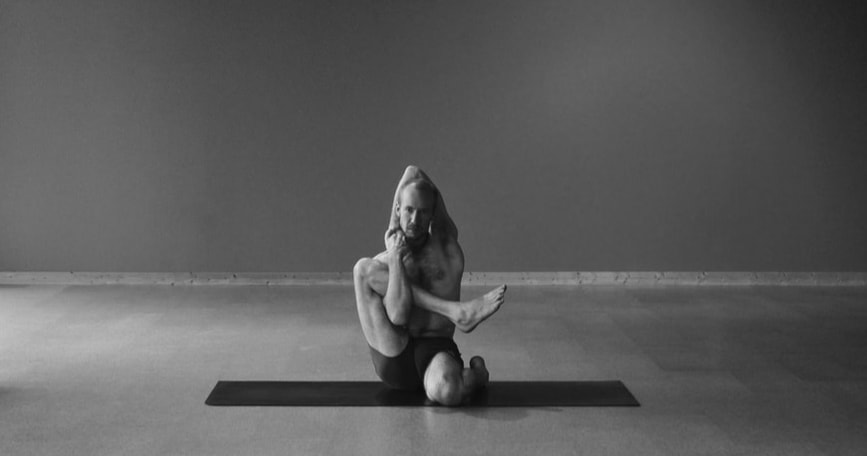
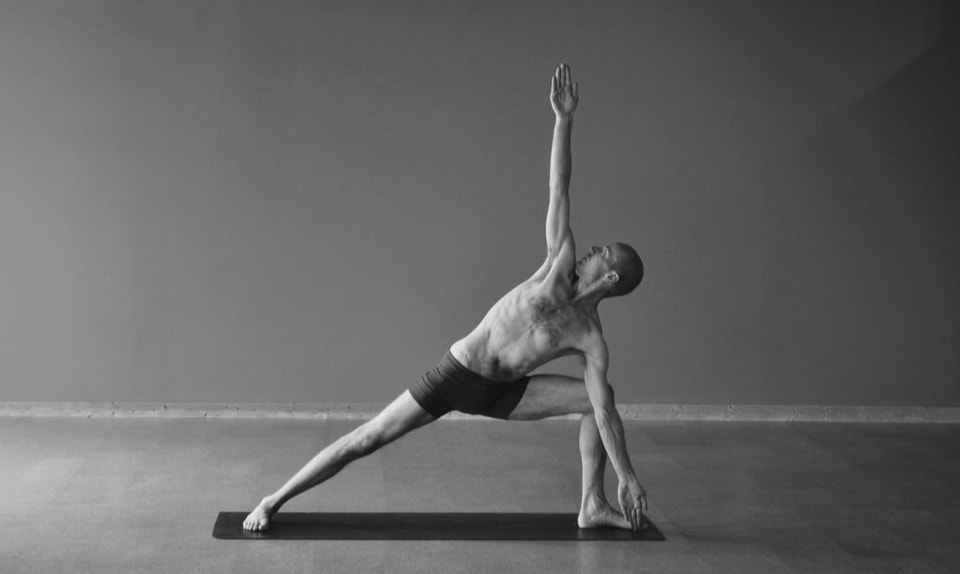
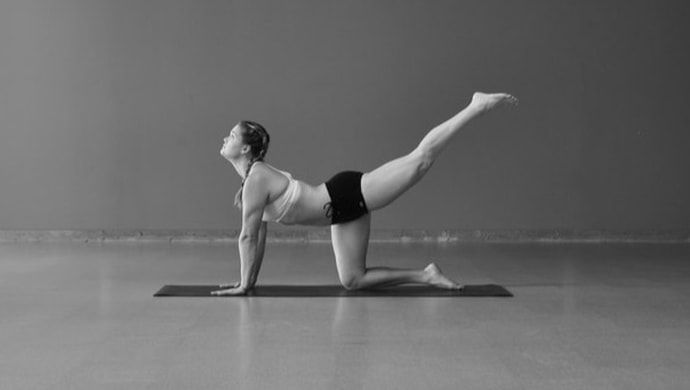
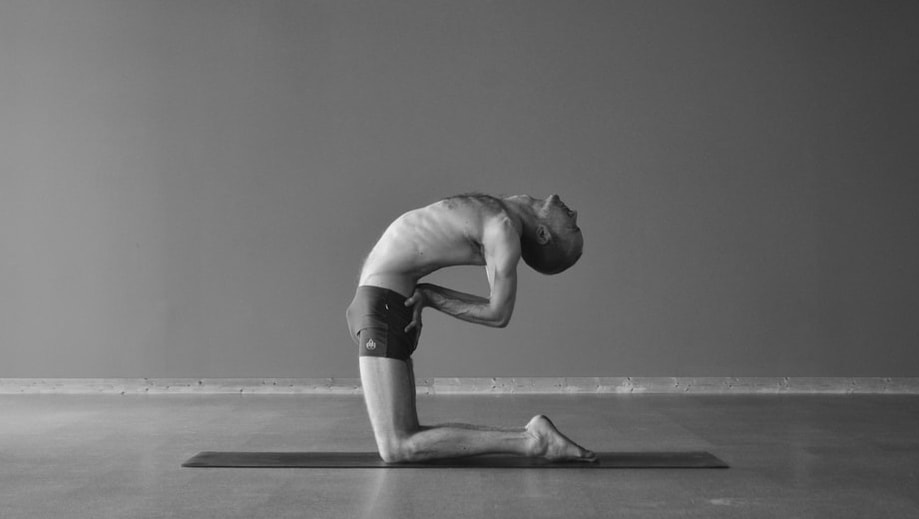
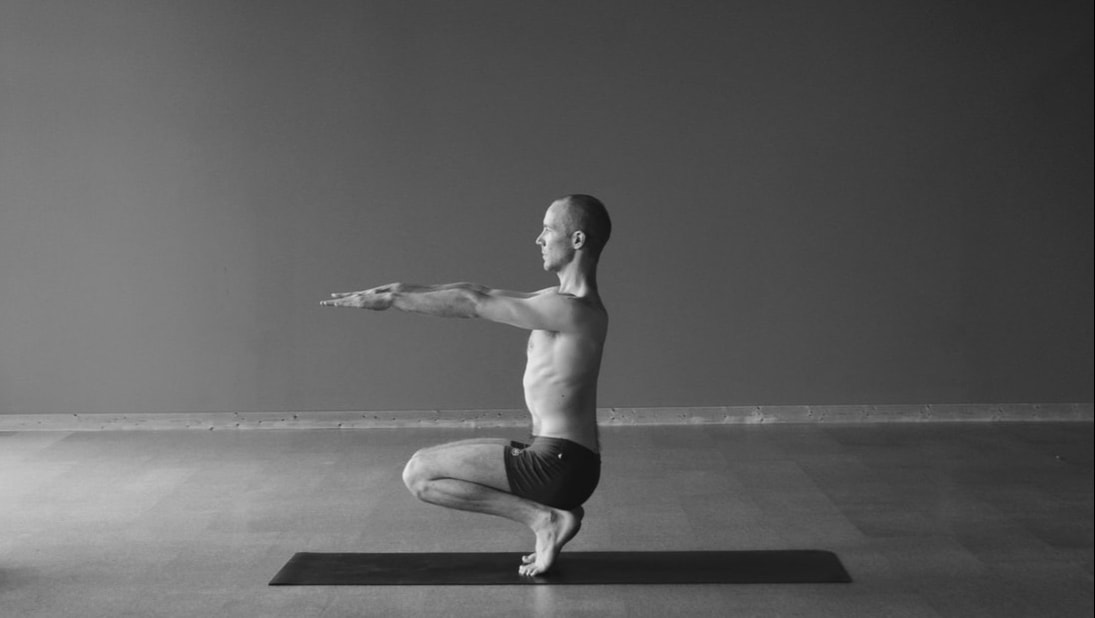
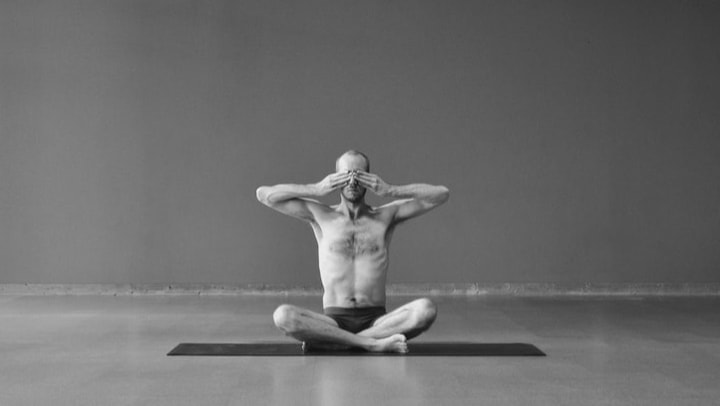
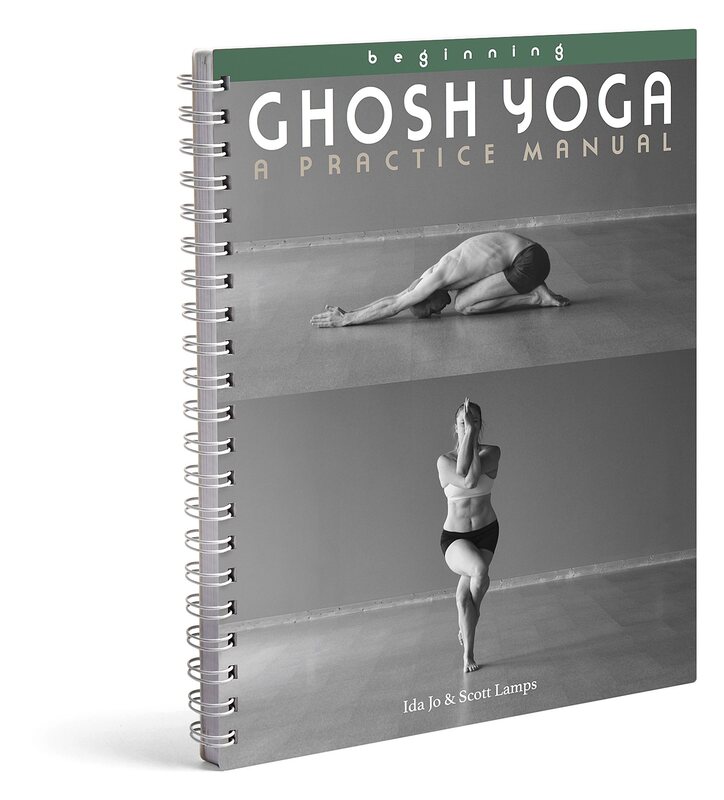
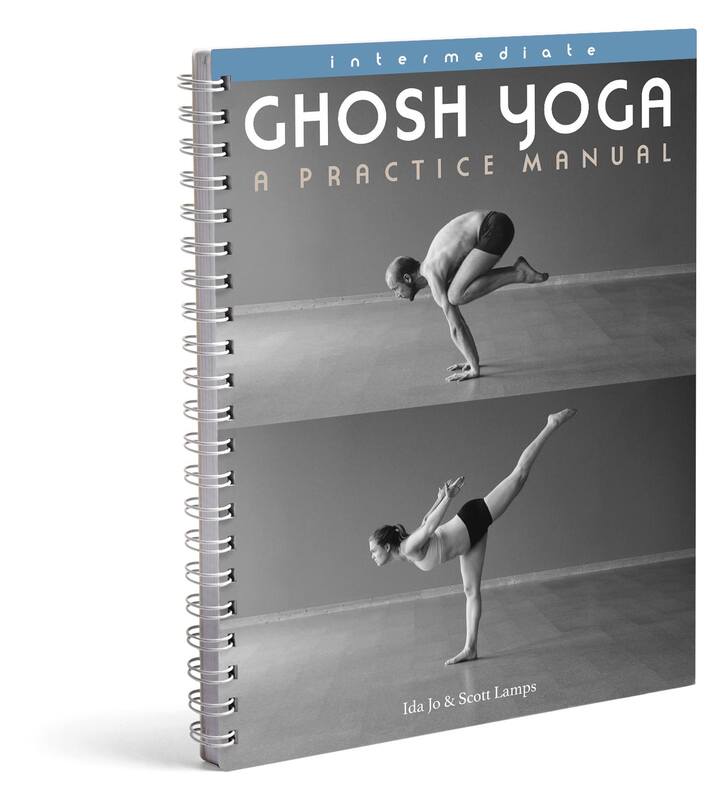
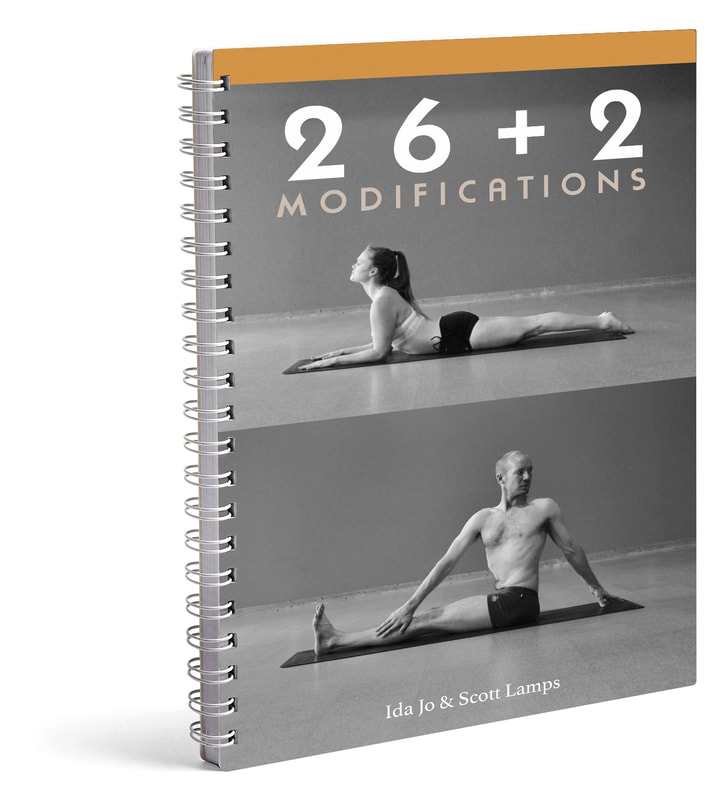
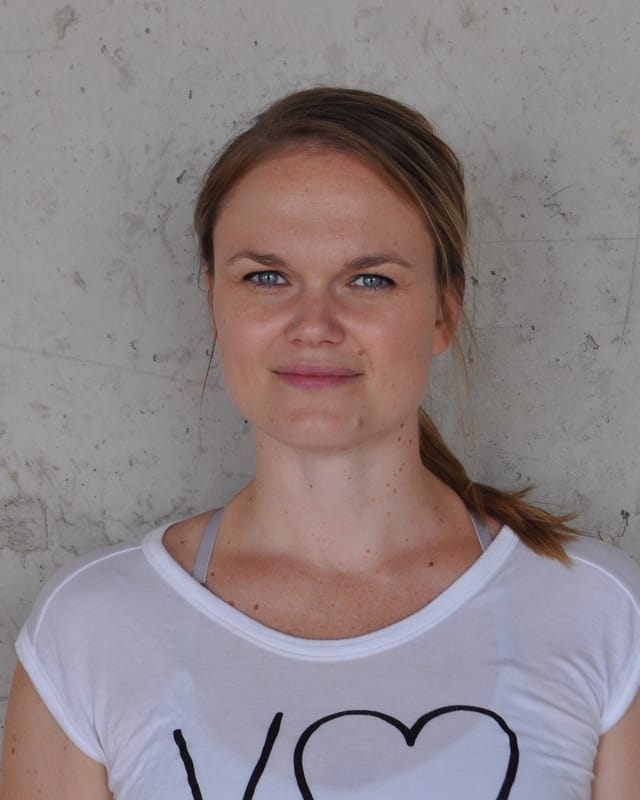
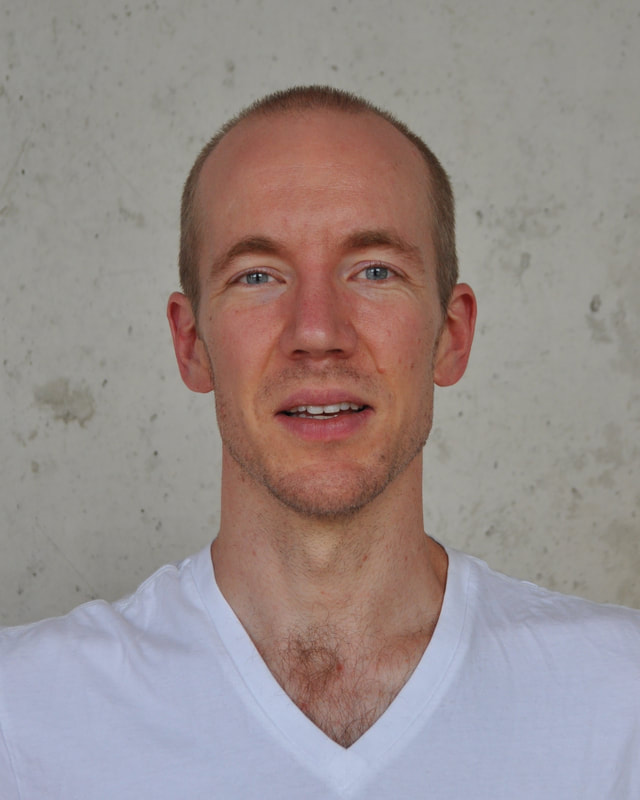
 RSS Feed
RSS Feed